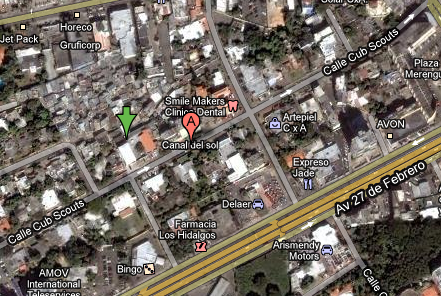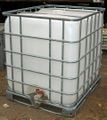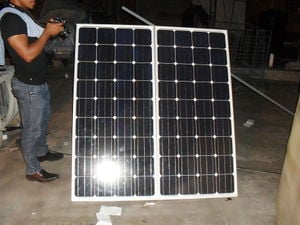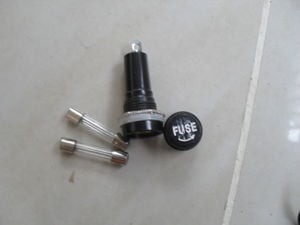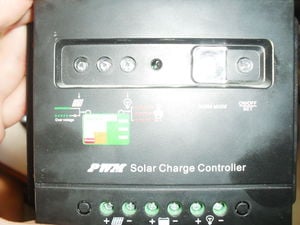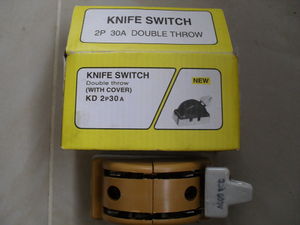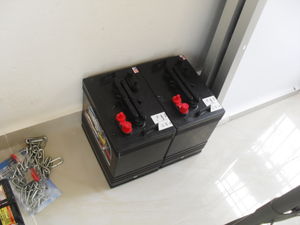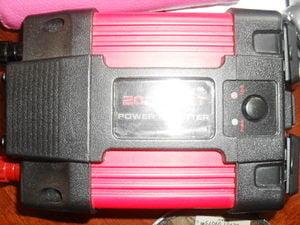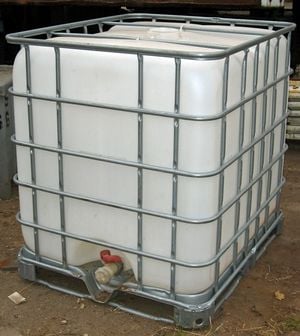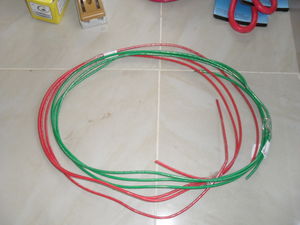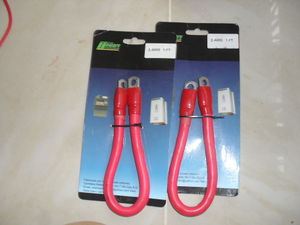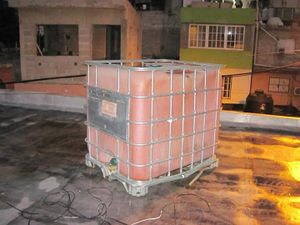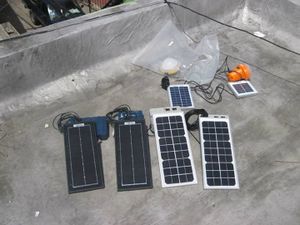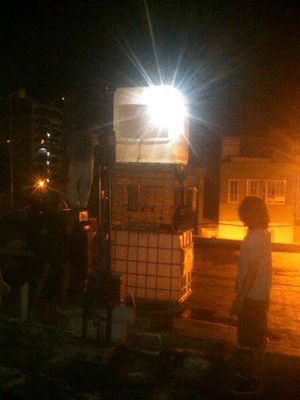
The streets are not the most suitable habitat for animals to live in. Animals are especially vulnerable when they need rehabilitation, recovery, and rest. Ghetto2Garden takes care of cats and dogs with reduced potential for adoption; that are deformed, blind, unwanted, elderly, and/or are terminally ill.
The Ghetto2Garden initiative was developed initially in an attempt to find an appropriate shelter to house 6 cats and 40 dogs. Currently Ghetto2Garden houses 50 dogs and 10 cats who have been rescued from the streets of Santo Domingo and provides these animals with a care facility where they can live the rest of their days in peace and happiness. This student involvement in this project is the result of the collaboration between Colectivo Revark and the Practivistas Dominicana Program in an attempt to bring sustainable construction and renewable energy to the construction of the shelter.
Objective Statement[edit | edit source]
The objective of this Appropriate Technology project was to develop and construct a renewable energy system with Ghetto2Garden dog shelter program. We worked on putting together renewable energy for Ghetto2Garden to not only have a more dependable source of energy but to lessen carbon emissions. The renewable energy system will eventually be used to power a vaccination refrigerator and other miscellaneous units such as cell phone chargers and laptops. Solar energy was the most accessible and appropriate technology for Ghetto2Garden. The project consisted of two parts; Building a "Solar Power Cube", and constructing a "Solar Lighting Cube."
Location[edit | edit source]
Because Ghetto2Garden was in the process of finding a new site for the animal refuge, the project took place in La Yuca.
La Yuca del Naco, Santo Domingo, Dominican Republic
Literature Review[edit | edit source]
See the literature review done for the Ghetto2Garden project here.
Criteria[edit | edit source]
The work of this project was done in collaboration with the architectural team RevArk and the father of the project, Tomás. The priorities associated with the criteria for the Recyclable Cubes were determined by discussion with the collaborators.
| Criteria | Weight (0-10) | Constraints |
|---|---|---|
| Aesthetics | 5 | Must be acceptable to the client's vision |
| Durability | 7 | Maintenance must be simple with few necessary repairs |
| Mobility | 5 | Must be transportable to the location, partial set-up before arrival |
| Feasibility | 9 | Must be able to complete it, with easy construction within the time frame |
| Creativity | 8 | Must reflect the creativity shown in architectural plans |
| Energy Produced | 10 | Must be at least able to steadily produce 200 watts |
| Cost | 7 | Must be less than $1000 US |
| Security | 10 | Must be unobtrusive and obviously well secured |
Proposed Timeline[edit | edit source]
| Date | Activity | Members |
|---|---|---|
| June 17 | Criteria & Timeline Due | Everyone |
| June 20 | All research on Batteries, inverters, and complete construction process (including soldering) must be complete and uploaded to Appropedia. Also research the best angles for light to hit solar panels for max output. | Everyone |
| June 22 | Must have a meeting with Tomas by this date | Everyone + RevArk |
| June 23 | Make sure all materials and equipment is bought | Simone & Will |
| June 28 | Complete first panel and figure out optimal method of attachment. | Everyone |
| July 1 | Project completed | Everyone |
| Week of July 1 | Presentations | Everyone |
Final Design[edit | edit source]
Solar Power Cube[edit | edit source]
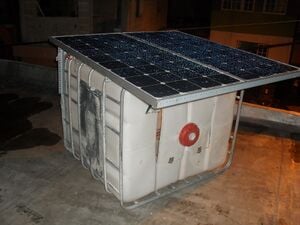
Colectivo ReVark, an experimental group that investigates applications of sustainable design and construction, designed a animal refuge for Ghetto2Garden. This animal refuge is designed to incorporate liquid shipping cubes as dog kennels which were coincidentally designed to double (or triple) as solar lighting cubes and a solar power cube. Other forms of alternative energy were considered, but solar energy turned out to be the most accessible and appropriate technology in this case.
Design and Construction Process[edit | edit source]
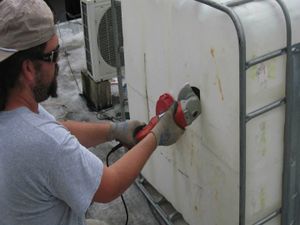
Design
- Sizing the system
- Resistance to the elements
- Mobility
- Security
- Technical Issues
See Photovoltaics for more information about sizing a solar system, wire sizing, and the components of a system.
Construction
- Cutting the cube
- Joining the two panels
- Mounting the panels
- Soldering wires
- Connecting the system together
Materials used:
- Liquid shipping container
- Solar panels
- Inverter
- Solar Charge Controller
- Deep Cycle Batteries
- Switch
- Wire
- Metal Bars
-
Liquid Shipping Container
-
Solar Panels
-
"Control Board"
Components
Budget[edit | edit source]
| Materials | Unit Price $(DOP) | Quantity | Cost $(DOP) | Cost $(USD) |
|---|---|---|---|---|
| 140 watt Solar Panel | N/A | 2 | 13,941.00 | 340.02 |
| Solar Charge Controller | 3,500.00 | 1 | 3,500.00 | 85.37 |
| Deep Cycle Battery (6V) | 4,000.00 | 2 | 8,000.00 | 195.12 |
| Fuse and Housing | 15.00 | 1 | 15.00 | 0.37 |
| Switch | 50.00 | 1 | 50.00 | 1.33 |
| Inverter | Donated | 1 | 0.00 | 0.00 |
| Electrical Wire | 625.00 | 1 | 625.00 | 15.24 |
| Battery terminal connectors | 75.00 | 2 | 150.00 | 3.66 |
| Liquid Shipping Container | Donated | 1 | 0.00 | 0.00 |
| Total Cost | $26,281.00 | $641.00 | ||
Important Instructions - Read Before Use[edit | edit source]
- Give cube more tilt to allow water to properly flow off of panels
- Absolutely no more than 200 watts plugged into the inverter
- During times of no sun, cut down on energy consumption
- When connecting the system
- 1st - Connect the batteries to the charge controller
- 2nd - Connect the solar panels to the charge controller
- 3rd - Connect the inverter to the charge controller
- The inverter has an on/off button
- Be very careful around the battery terminals
- The red wire is positive
- The striped wire is negative
When Moving the Solar Cube[edit | edit source]
- Remove the solar panel from the cube
- Remove the batteries from the cube
- Do not leave the disconnected panels facing the sun
- Be careful with panel during transportation, it is fragile
Video[edit | edit source]
Solar Lighting Cube[edit | edit source]

The solar lighting cube is planned to be a unit on top of each of the shelter structures that will provide lighting for the dog houses for approximately 3 hours without sun.
Design and Construction Process[edit | edit source]
Design
- Resistance to Weather
- Flexibility of lights
- Amount of light Produced
- Unobtrusive
Construction
- Cutting the cube
- Mounting the Bar
- Installing the batteries
- Mounting the lights
Materials used:
- Donated Solar Lighting Units with Batteries
- Liquid Shipping Container
- Aluminum Wire
- Screws
- Zip Ties
Components
Budget[edit | edit source]
The individual solar lighting units were donated for our project.
Video[edit | edit source]
Update October 2013[edit | edit source]
As of October 2013 Ghetto2Garden houses 80 dogs and 13 cats. 55 of the dogs and 10 of the cats are sheltered in a large house where Tomas De Santis pays rent monthly. 12 dogs and the remaining 3 cats are sheltered in a different house. The remaining 13 dogs are sheltered in a third house. All three locations are in the city of La Yuca. Co- founders Wilfredo Mena Veras, Tomas De Santis, and their team will start building a new shelter before the end of October 2013. The shelter wil be built in the mountains, 40minutes outside the city of La Yuca. Their goal is to take these dogs from the streets of La Yuca "the ghetto" to the mountains "the garden".
So far 1700 block cylinders were donated by construction companies, almost enough to build the front gate of the shelter. These cylinders will be stacked high enough to provide visual protection for the dogs from the public. On top of the cylinders a wire fence will be installed to keep the animals inside, and for security. The mayor of La Yuca has lent them a tractor. They have also received 6 industrial containers, which will be reused to make living spaces at the new shelter for Tomas, a friend of Tomas, a helper, and a security guard. There is still a need for a foundation for the fence. More cylinders and wire fence are needed to build the rest of the gate. Funds are needed for dog food and contract workers to build the shelter. Above all volunteers are needed for all kinds of tasks.
The solar cubes built during El Practivistas Dominicana have not been installed because the new shelter has not been built. The solar cubes are currently stored in Osvaldo's home, a director of La Yuca community who helped build them. The rest of the materials are also in storage to prevent theft.
Update 2015[edit | edit source]
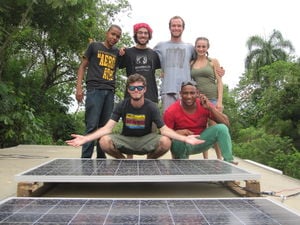
As of Summer 2014, Ghetto2Garden has moved to a more secure location, is housing even more dogs and cats, and now has a fully functioning photovoltaic system. See Ghetto2Garden renewable energy 2014.
